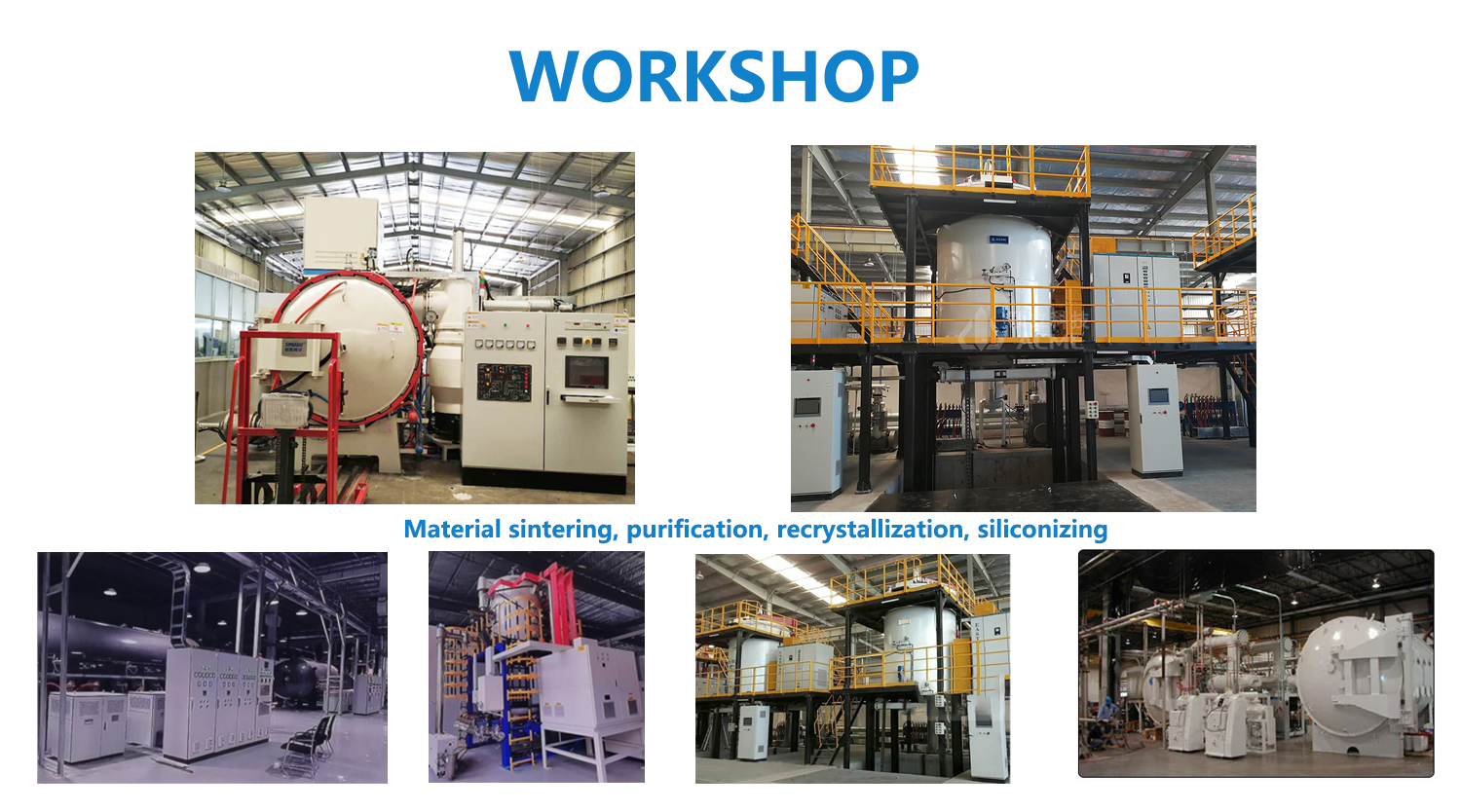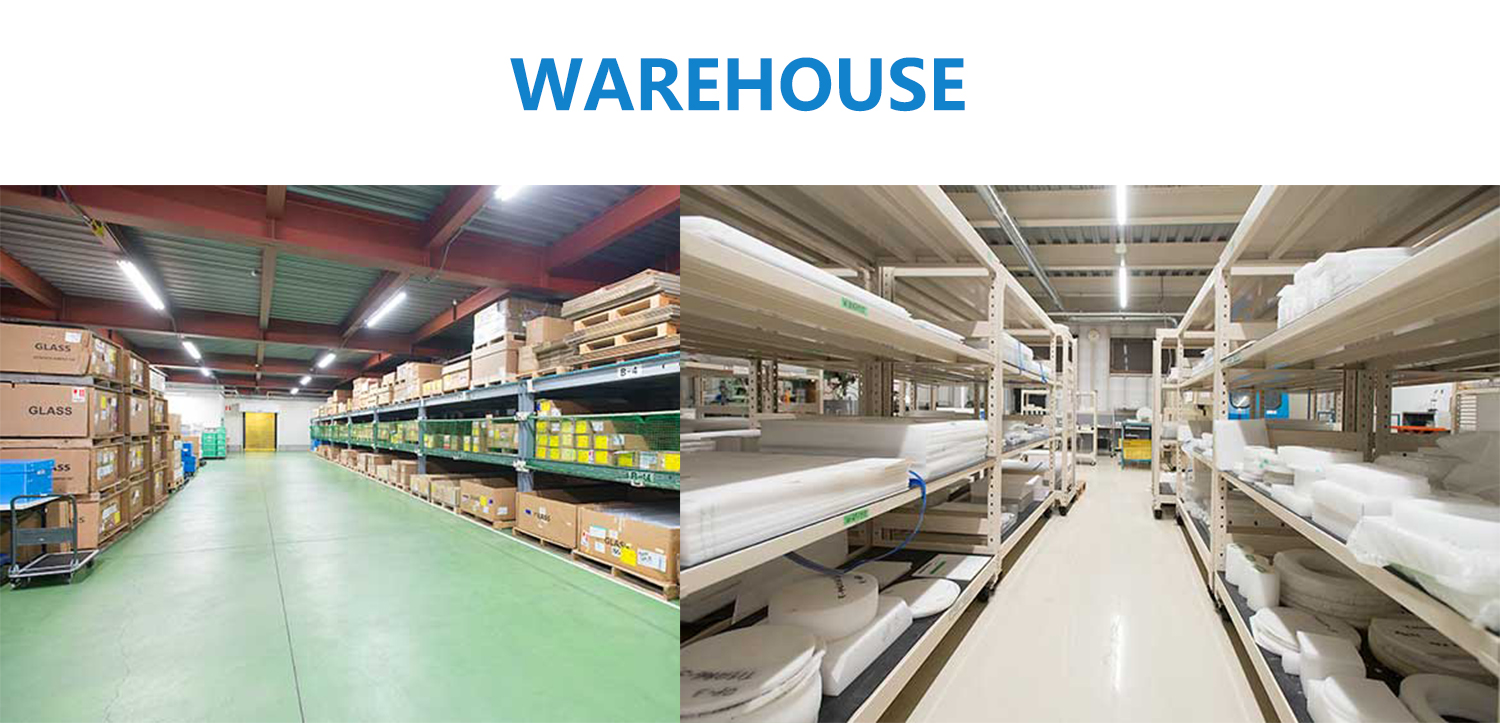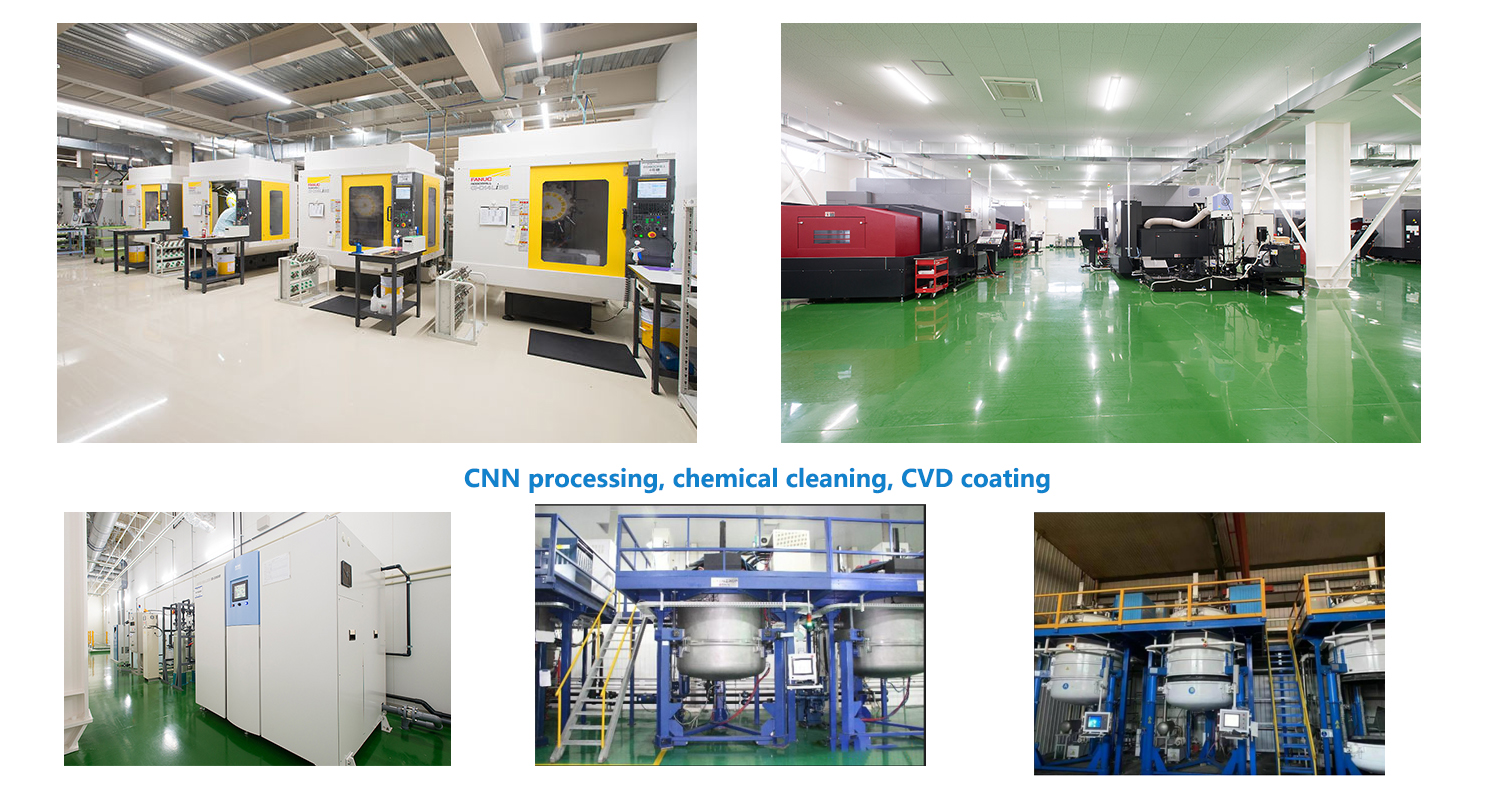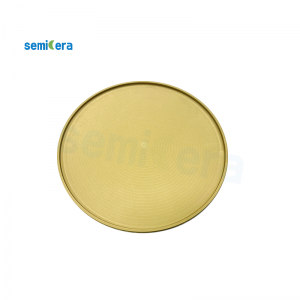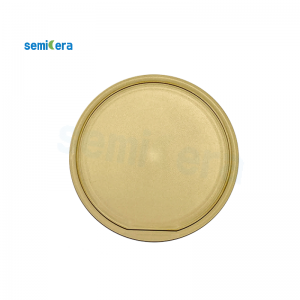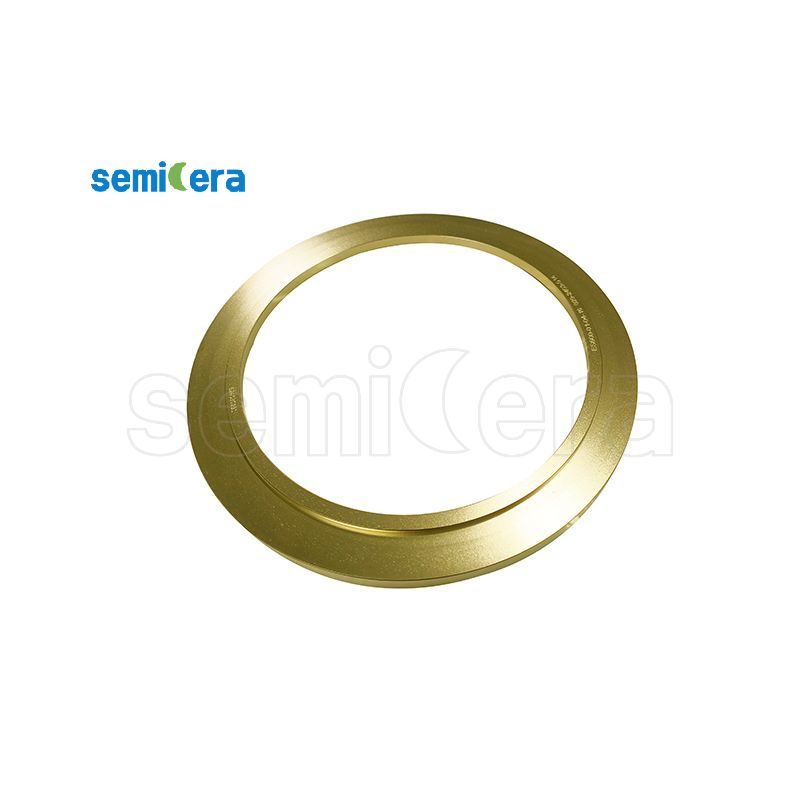TaC coated deep ultraviolet LED graphite base refers to the process of improving the performance and stability of the device by depositing a TaC coating on the graphite base during the preparation of the deep ultraviolet LED device. This coating can improve the heat dissipation performance, high temperature resistance and oxidation resistance of the device, thereby improving the efficiency and reliability of the LED device. Deep ultraviolet LED devices are usually used in some special fields, such as disinfection, light curing, etc., which have high requirements for the stability and performance of the device. The application of TaC coated graphite base can effectively enhance the durability and performance of the device, providing important support for the development of deep ultraviolet LED technology.
Semicera provides specialized tantalum carbide (TaC) coatings for various components and carriers. Semicera leading coating process enables tantalum carbide (TaC) coatings to achieve high purity, high temperature stability and high chemical tolerance, improving product quality of SIC/GAN crystals and EPI layers (Graphite coated TaC susceptor), and extending the life of key reactor components. The use of tantalum carbide TaC coating is to solve the edge problem and improve the quality of crystal growth, and Semicera has breakthrough solved the tantalum carbide coating technology (CVD), reaching the international advanced level.
After years of development, Semicera has conquered the technology of CVD TaC with the joint efforts of the R&D department. Defects are easy to occur in the growth process of SiC wafers, but after using TaC, the difference is significant. Below is a comparison of wafers with and without TaC, as well as Simicera' parts for single crystal growth.
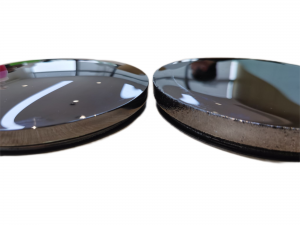
with and without TaC
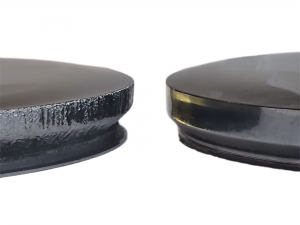
After using TaC (right)
Moreover, Semicera's TaC-coated products exhibit a longer service life and greater high-temperature resistance compared to SiC coatings. Laboratory measurements have demonstrated that our TaC coatings can consistently perform at temperatures up to 2300 degrees Celsius for extended periods. Below are some examples of our samples:



